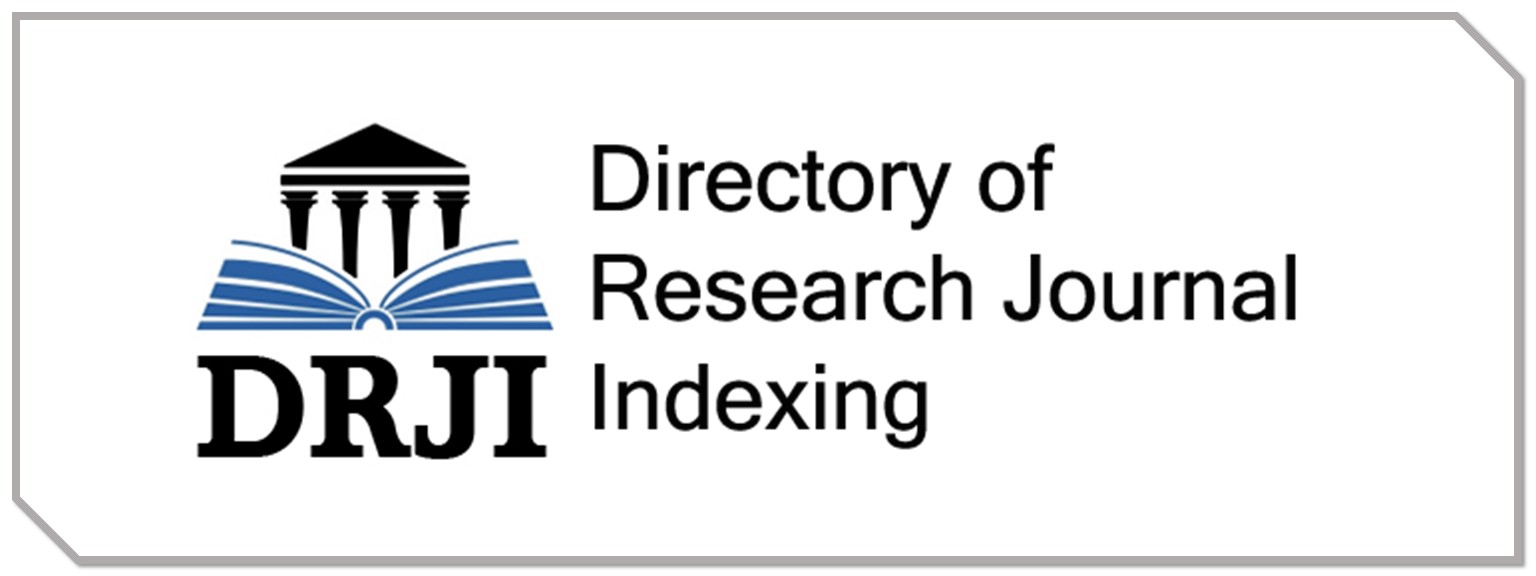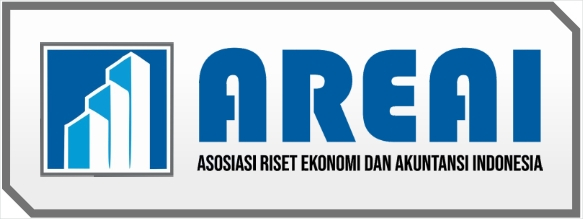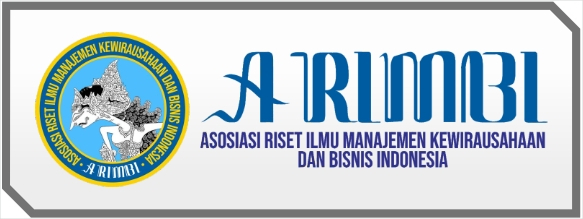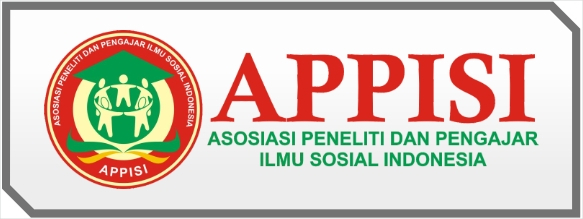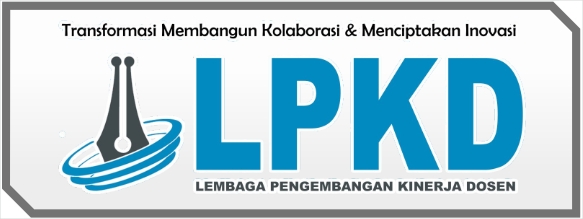Dampak Pariwisata Pada Industri Kreatif: Suatu Kajian Literatur
DOI:
https://doi.org/10.55606/jempper.v2i3.2099Kata Kunci:
Tourism, Creative IndustryAbstrak
Based on the results of the discussion in this study, it can be concluded that in order to examine more deeply the impact of tourism on the creative industry, it can be seen from two aspects, namely the creative industry. As for the creative industry aspect in tourism activities, it can be seen from the skills and talents of individuals who are full of a wealth of knowledge able to create jobs by exploiting intellectual property. Then in the aspect of the impact of the synergy of tourism and the creative industry can be seen in several things, namely: (1) Impact on the national economy, (2) Impact on the workforce, (3) Impact on increasing IPR, (4) Impact on the emergency of start ups, (5) Impact of increasing product export value, (6) Impact on cultural preservation, (7) Impact on social tolerance.
Referensi
Aysa, I. R. (2020). Strategi Pengembangan Ekonomi Kreatif di Era Digital. Jurnal AtTamwil: Kajian Ekonomi Syariah, 2(2), 121–138.
Cohen, E. (2004) ‘Contemporary tourism’, Tourism: The nature and structure of tourism, 1, p. 351.
Diana, P., Suwena, I., & Wijaya, N. (2017). Peran dan Pengembangan Industri Kreatif Dalam Mendukung Pariwisata di Desa Mas dan Desa Peliatan Ubud. Jurnal Analisis Pariwisata, 17(2), 84-92.
Howkins, J. (2002) The creative economy: How people make money from ideas. Penguin UK.
Haerisma, A. S. (2018). Pengembangan Ekonomi Kreatif Bidang Fashion Melalui Bauran Pemasaran. Jurnal Al-Amwal, 10(1), 91-104.
Henry, C. and De Bruin, A. (2011) Entrepreneurship and the creative economy: process, practice and policy. Edward Elgar Publishing.
Pangestu, Mari Elka. 2008b. (Buku 2). Rencana Pengembangan 14 Sub Sektor Industri Kreatif 2009:2015. Jakarta: Kelompok Kerja Indonesia Design Power: Departemen Perdagangan Republik Indonesia.
Prideaux, B., Laws, E. and Faulkner, B. (2003) ‘Events in Indonesia: exploring the limits to formal tourism trends forecasting methods in complex crisis situations’, Tourism management, 24(4), pp. 475–487.
Kreatif, K. E. dan E. (2014) Ekonomi Kreatif: Kekuatan Baru Indonesia 2025. Jakarta: Kementerian pariwisata dan Ekonomi Kreatif. Available at: https://www.slideshare.net/andrietrisaksono/ekonomi-kreatif-kekuatanbaru-indonesia-menuju-2025?from_action=save.
Kreatif, K. P. Dan E. (2020) Buku Panduan Pemberdayaan Masyarakat Desa Wisata Berbasis Pendampingan. Direktorat Pengembangan Sdm Pariwisata Kementerian Pariwisata Dan Ekonomi Kreatif/ Badan Pariwisata Dan Ekonomi Kreatif Deputi Bidang Sumber Daya Dan Kelembagaan Gedung Film.
Lazzeretti, L., Domenech, R. B. and Capone, F. (2009) Why Do Creative Industries Cluster?: An Analysis of the Determinants of Clustering of Creative Industries. Institut d’Estudis Regionals i Metropolitans de Barcelona Barcelona.
Moore, I. (2014) ‘Cultural and Creative Industries concept–a historical perspective’, Procedia-Social and Behavioral Sciences, 110, pp. 738–746.
Ningsih, C. (2014). Sinergitas Industri kreatif Berbasis Pariwisata Dengan Strategi Pembangunan Industri Nasional Menuju Globalisasi. Jurnal Manajemen Resort & Leisure, 11(1), 59-64.
Nugraha, H. S., Amaruli, R. J., & Darwanto. (2017). Potensi UMKM Berbasis
Received Agustus 20, 2023; Revised September 20, 2023; Accepted September 30, 2023
*Corresponding author: edi irawan, e-mail : edi.irawan@uts.ac.id
Jurnal Ekonomi, Manajemen Pariwisata dan Perhotelan (JEMPPER)- Vol.2, No.3 September 2023
Jurnal Ekonomi, Manajemen Pariwisata dan Perhotelan (JEMPPER)
Vol.2, No.3 September 2023
ISSN: 2809-5901(cetak), ISSN: 2809-6037 (online), Hal 00-00
DOI: ..................................................
Dampak Pariwisata Pada Industri Kreatif: Suatu Kajian Literatur
Ekonomi Kreatif dan Pariwisata Sebagai Sektor Unggulan Daerah. Jurnal Dialektika Publik, 2(1), 30-43.
Remoaldo, P. and Cadima-Ribeiro, J. (2019) ‘Creative tourism as a New challenge tothe development of destinations: The Portuguese case study’, in Cultural and creative industries. Springer, pp. 81–99.
Ratnawati, A. T. (2016) ‘Strategi pengembangan industri kreatif sebagai penggerak destinasi pariwisata di Kabupaten Semarang’.
RI, K. (2021) Rencana SIlicon Valley Indonesia, Diharapkan Mampu Mendorong Inovasi Digital Sektor Pariwisata dan Ekonomi Kreatif, Tourism management. Availableat:https://kemenparekraf.go.id/ragamekonomi-kreatif/Rencana-SIlicon-Valley-Indonesia%2C-DiharapkanMampu-Mendorong-Inovasi-Digital-Sektor-Pariwisata-dan-EkonomiKreatif-.
Roberts, E. and Townsend, L. (2016) ‘The contribution of the creative economy to the resilience of rural communities: exploring cultural and digital capital’, Sociologia Ruralis, 56(2), pp. 197–219.
Sari, A. P., Pelu, M. F. A. R., Dewi, I. K., Ismail, M., Siregar, R. T., Mistriani, N., Marit, E. L., Killa, M. F., Purba, B., & Lifchatullaillah, E. (2020). Ekonomi Kreatif. Yayasan Kita Menulis.
Shofa, I., & Nugroho, D. (2018). Pertumbuhan dan Strategi Pengembangan Ekonomi Kreatif Kota Malang. Jurnal Pangripta, 1(1), 75-85.
Suciu, M.-C. (2009) ‘CREATIVE ECONOMY AND CREATIVE CITIES.’, Romanian Journal of Regional Science, 3(1).
Sunanik. (2013). Penguatan Ekonomi Kreatif dan Inovatif berbasis Sumber Daya Desa Besuki di Kecamatan Besuki Tulung Agung. Jurnal Pengabdian Masyarakat, 1(1), 20-27.
Waitt, G. and Gibson, C. (2014) ‘Tourism and creative economies’, The Wiley Blackwell Com.








